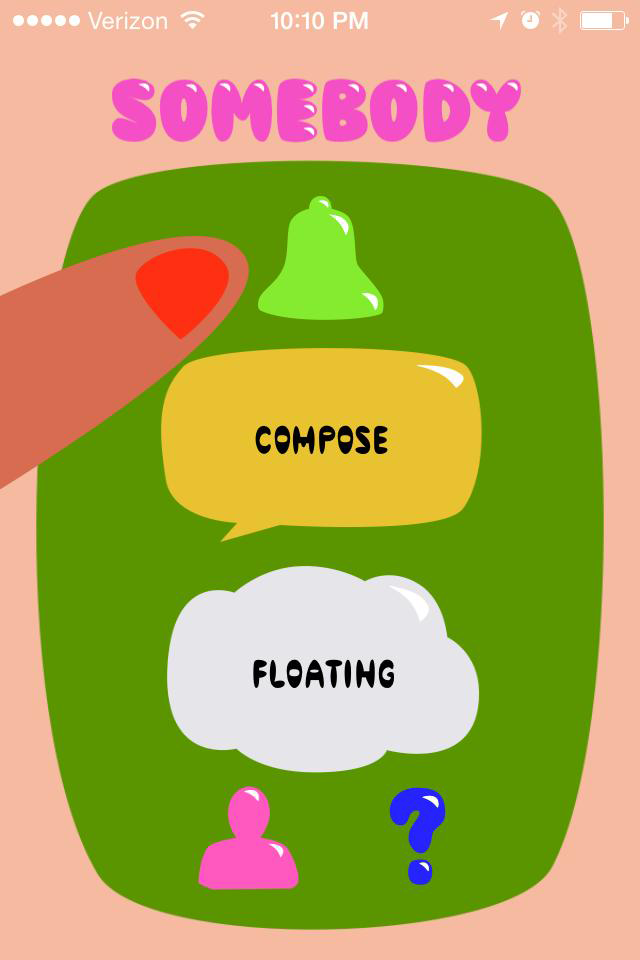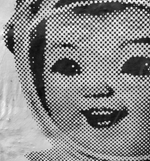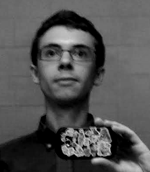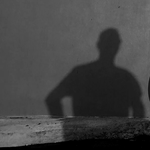Miranda July’s newest project, the smartphone app Somebody, explores the notion that technology can serve as a catalyst capable of encouraging intimate meetings between people for the purpose of communication. Somebody users are asked to abandon the anonymity often associated with technology and physically interact with the world around.

Somebody users may send messages to others only though the use of a third-party participant. A user sends a message, and the app, using GPS technology, delivers that message to a third Somebody user who is geographically nearest to the intended recipient. That third person is then responsible for delivering the message in person.
In some ways, Somebody is reminiscent of a similar community online art project July created with collaborator Harrell Fletcher. On the website Learning to Love You More (2002-2009), the artists listed seventy assignments that could be completed by the site’s visitors and each assignment was then archived on the site. This project emphasized how technology can be used as a collaborative tool for creating artwork, a similar collaborative sensibility at work in Somebody.
However, the app is proprietary and does not interface with other large-scale, established social media platforms like Facebook or Twitter, and users have reported significant problems. While glitches in new apps are common, users have reported issues with Somebody that are central to its basic functionality and artistic concept. When the service seeks participants to deliver messages, users may help or pass. If no one chooses, or is nearby, to deliver it, the message is confined to digital purgatory (dreamily described by July as a “floating” message, rather than perhaps the more apt “abandoned” or “unfulfilled”). Searching for your somebody may take some time and may even prove futile. Issues like this dictate that the app functions best as a participatory project rather than a re-conceptualized form of social media—as it has been styled by the artist and her co-presenters, a consortium of institutions headed by the New Museum.
July’s community collaborations, Somebody and Learning to Love You More, illustrate ways in which artists might challenge us to think about the production of art with mobile and online technologies. Somebody provokes a significant dialectical quandary: is physical interaction more valuable than technological interaction? Does having a stranger deliver a random, possibly meaningless, message really represent worthwhile human interaction, more so than Facebook posts between old friends, for example? July navigates prescient territory: how might we be able to keep our technological gadgets close and regain our personal real-life connections to others in an era currently dominated by social media? In this case, while the app may serve as a novel means to interaction, we are still left with the responsibility to engage.
:::

Vaughn Whitney Garland is an independent curator, media scholar, and multi-media artist from Richmond, Virginia. Garland received his Ph.D. from the interdisciplinary Media, Art, and Text (MATX) program at Virginia Commonwealth University and an M.F.A. from VCU’s Painting and Printmaking Department. Garland’s MATX dissertation is titled “Participation in the Digital Public: New Media Art as Online Community.”



